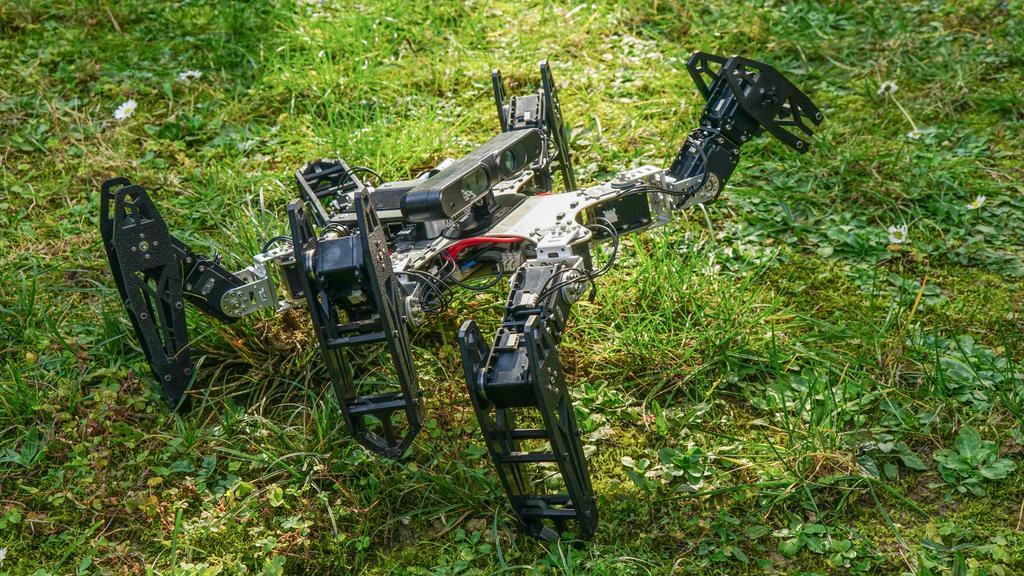One of the key problems in artificial intelligence is that machines, often capable as they are of vast mental feats beyond the power of humans, don’t have the ability to learn and develop new capabilities. A single hijinks in the environment around them can cause repetitive malfunction, which is a primary reason why AI is still considered very “dumb” by many.
Progress, if basic, is being made in this area: researchers recently made a robot that “learned” to limp when one of its legs were broken. The motion pattern for its limp was not pre-programmed, but a result of an intelligent algorithm that mapped all the possible movement patterns available to the robot and created a new one to optimize for the remaining legs.
https://www.youtube.com/watch?t=287&v=u_NJNyOGfEU
“Our robots store knowledge from previous experience in the form of a map of the behavior-performance space,” the researchers wrote in the latest issue of “Nature.” “Guided by this map, a damaged robot tries different types of behaviors that are predicted to perform well and, as tests are conducted, updates its estimates of the performances of those types of behaviors.”
The robot’s algorithm uses a Bayesian Optimization procedure so that when it detects a dysfunction, it continually experiments with different forms of motion until it finds a pattern that is as 90 percent as efficient as the fastest movement pattern mapped in the algorithm.
The researchers handicapped the robot in five different ways—legs were damaged, broken, or removed—which, on average, took one minute for the algorithm to recover and find a new movement pattern.





